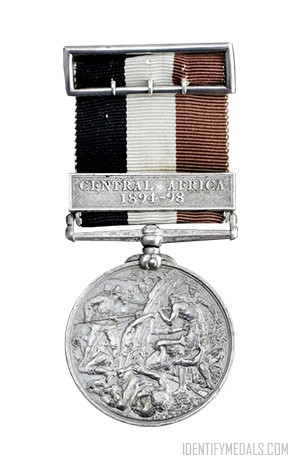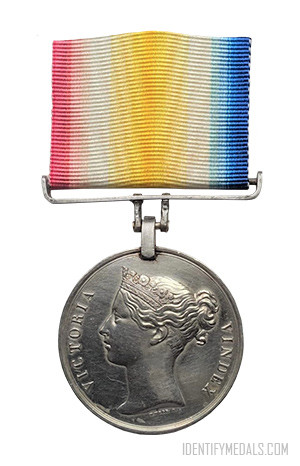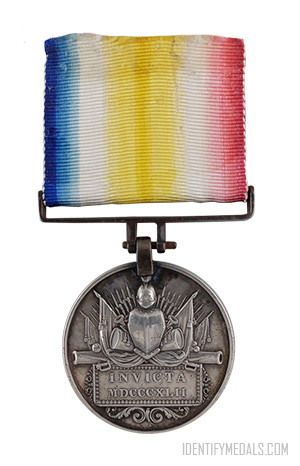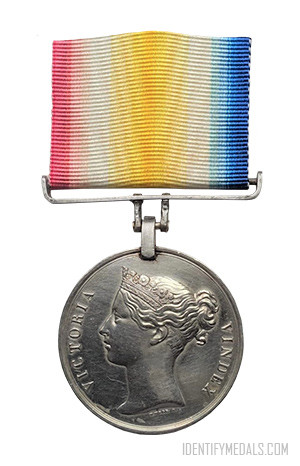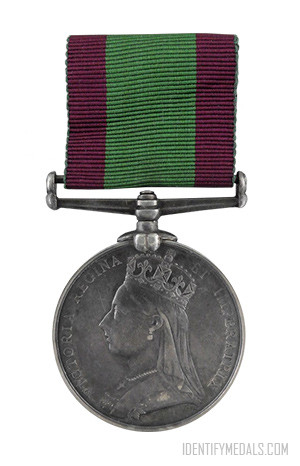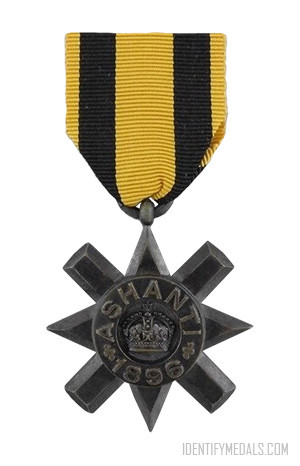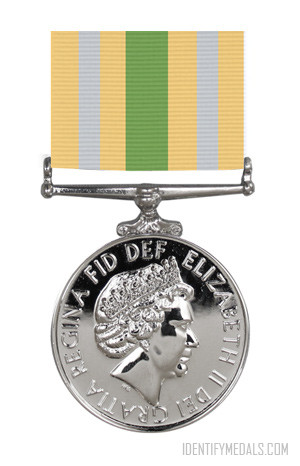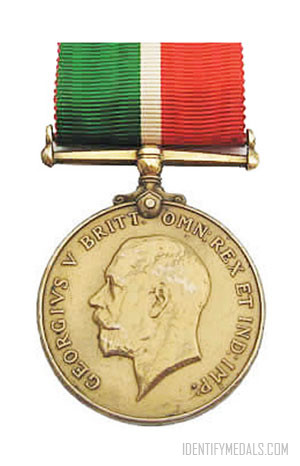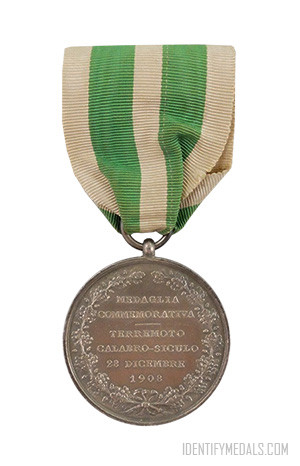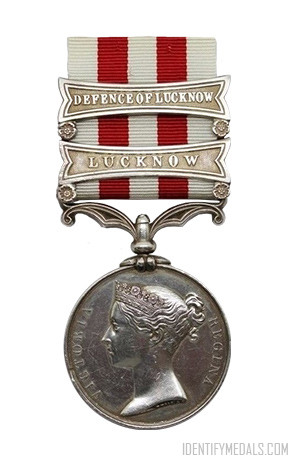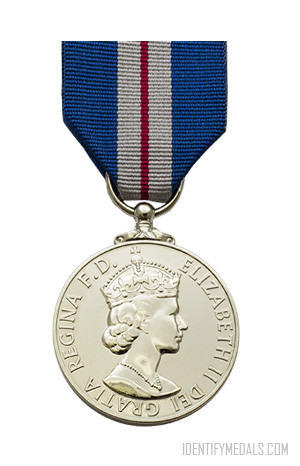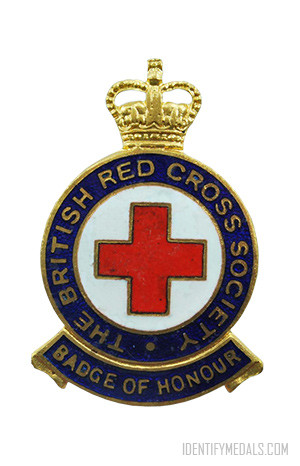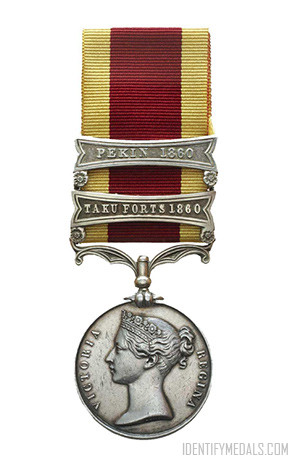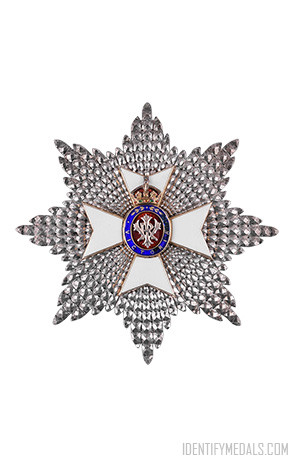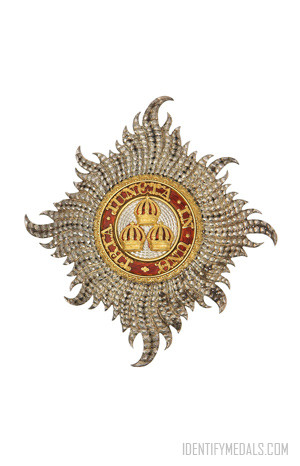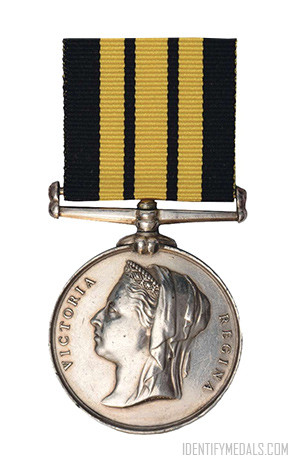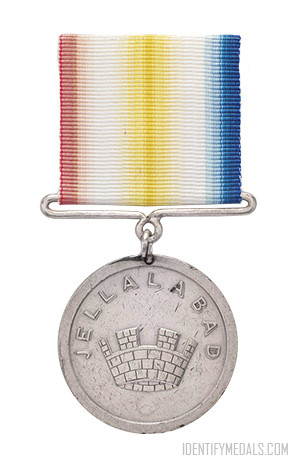- Time Period: Pre-WW1
- Year of Institution: 1895
- Country: Great Britain
The Central Africa Medal is a British campaign medal awarded for service 1891-1894 in Eastern and Central Africa, and 1894-1898 in British Central Africa.
Award of the medal was approved by Queen Victoria in Army Order No. 66, 1 April 1895. The initial decoration was for various military expeditions from July 1891 to June 1894, but was subsequently extended to the Unyoro Expedition in 1895 and later authorized for service in British Central Africa 1895-1898.
Most medals were awarded to members of the Indian Army and British-led local forces for suppressing slave-trading or to punish raids on neighboring tribes.
No British Army units were present, although some British officers and non commissioned officers seconded to local units received the medal, as did a small number of Royal Navy personnel.
The Central Africa Medal Design
The medal is circular, measures 36 millimeters (1.4 in) in diameter and was struck in silver to combatants and in bronze to native porters and authorized servants. The medal uses the same design as the Ashantee Medal and the East and West Africa Medal, although with a different ribbon.
The obverse shows the left-facing effigy of Queen Victoria wearing a diadem with a veil behind. On either side is the inscription VICTORIA on the left and REGINA on the right. The designer for the obverse was Leonard Charles Wyon. The reverse shows a scene, inspired by the Ashanti War, of British soldiers fighting the Ashanti in the jungle. It was designed by Sir Edward John Poynter.
The ribbon measures 31.7 millimeters (1.25 in) wide, and has three equal stripes of black, white and pale brown, also described as copper or terra cotta. It was worn with the black to the left when facing the wearer and the colors symbolize the troops who took part – African, European, and Indian.
The recipient’s name and unit were usually engraved or impressed on the rim of the medal, although some were issued unnamed.

